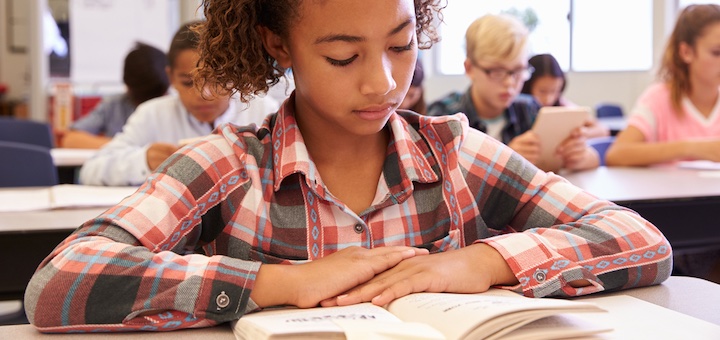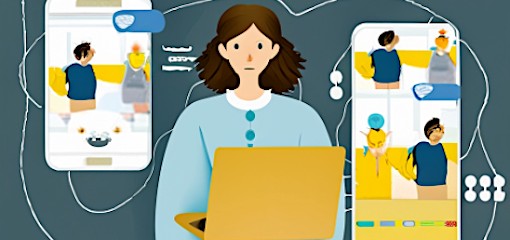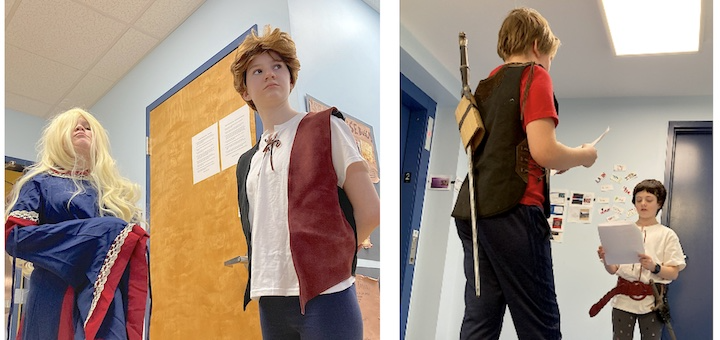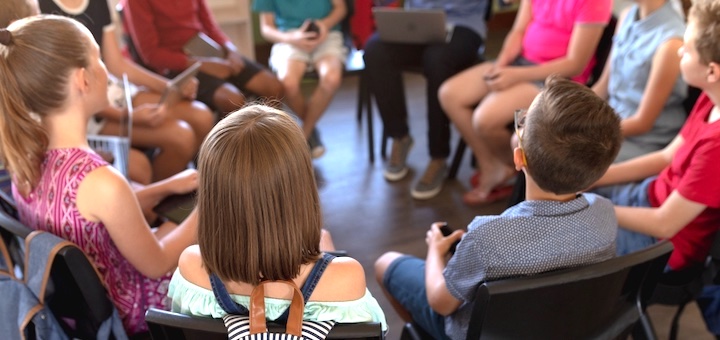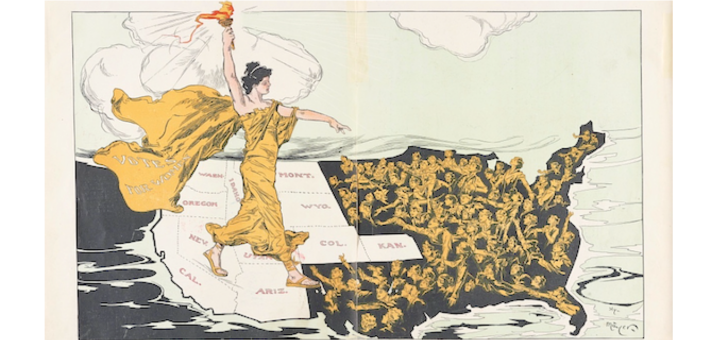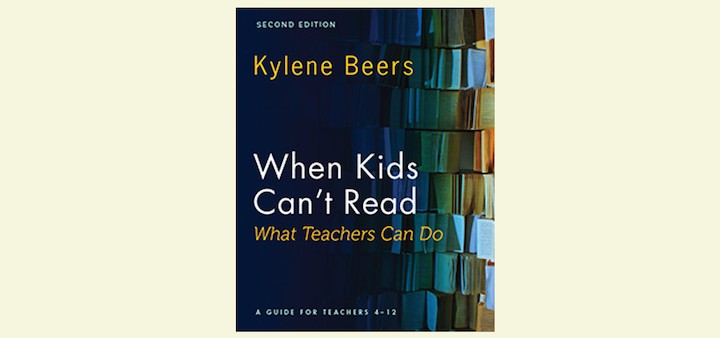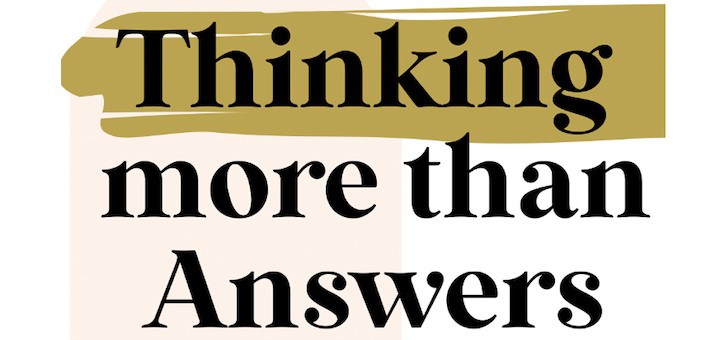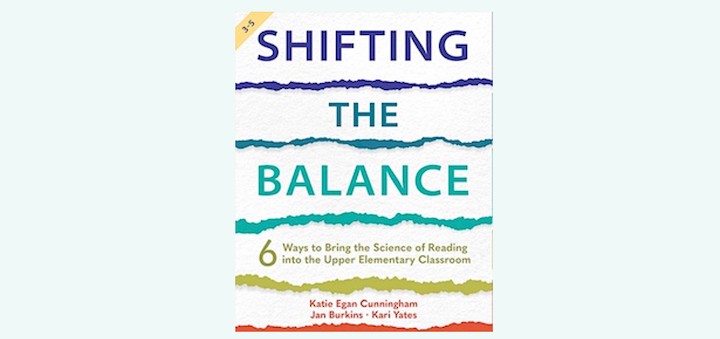Number Sense Builds a Strong Math Foundation
There’s an immense difference between rote memorization and giving students tools that allow them to work flexibly and thoughtfully with numbers, writes Kathie Palmieri. When kids learn number sense and can use multiple strategies, they have choice in how they solve problems.


